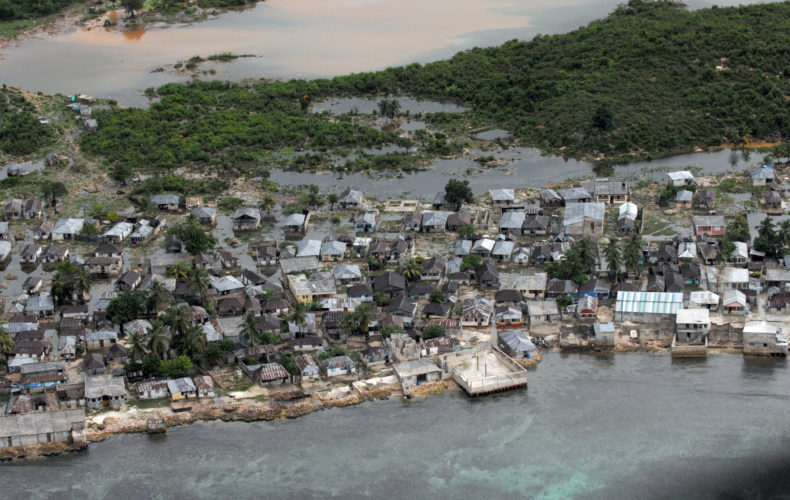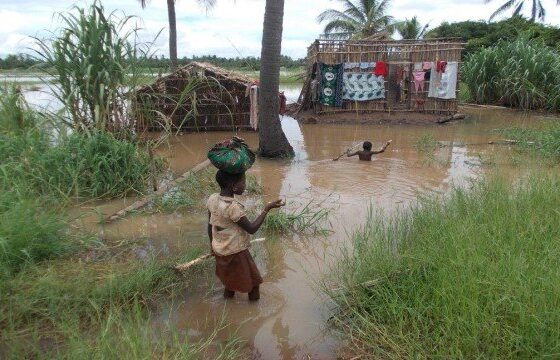By: Unit of Public Relations- Sierra Leone Meteorological Agency
The term loss and damage is used within the United Nations Framework Convention on Climate Change (UNFCCC) to refer to the harms caused by climate change impacts driven by human-induced emissions of greenhouse gases (GHG) and the resulting large-scale shifts in weather patterns. It is worth noting that, extreme weather events and slow-onset processes including flooding, storms and sea level rise cause loss and damage to human societies, infrastructure and to the natural environment.

Thus, establishing liability and compensation in respect of loss and damage has been an age long goal for vulnerable and developing countries in the
Small Island States (SIDs) and the Least Developed Countries (LDCs) in many of the UN climate change negotiations.
The present UNFCCC loss and damage mechanism – the Warsaw International Mechanism, focuses on research and dialogue rather than liability or compensation.
However, Sierra Leone being an LDC country and other LDCs & SIDs are lower emitters but bare the greatest brunt of climate change. Therefore it is only logical that higher emitters especially the developed countries take the leadership in providing dedicated financial support to address losse(s) and damage(s) associated with Climate Change.
The Mortomeh incidence in Western Rural District on August 14, 2017 reminds all of us that indeed Climate Change is the urgency of now.
In March, 2021, the International Institute of Environment and Development, (IIED) launched Gabriel Kpaka’s (a UN Climate Change negotiator) climate change animation video from his Sierra Leone Loss and damage publication. The video features crippling climate change loss and damage for citizens of SierraLeone.
In this two minutes video Gabriel Kpaka, Deputy Director-General and Head of Operations at SLMET, who also doubles as UNFCCC Focal Point for Sierra Leone, explains how the loss and damage from Climate Change is escalating rapidly.


